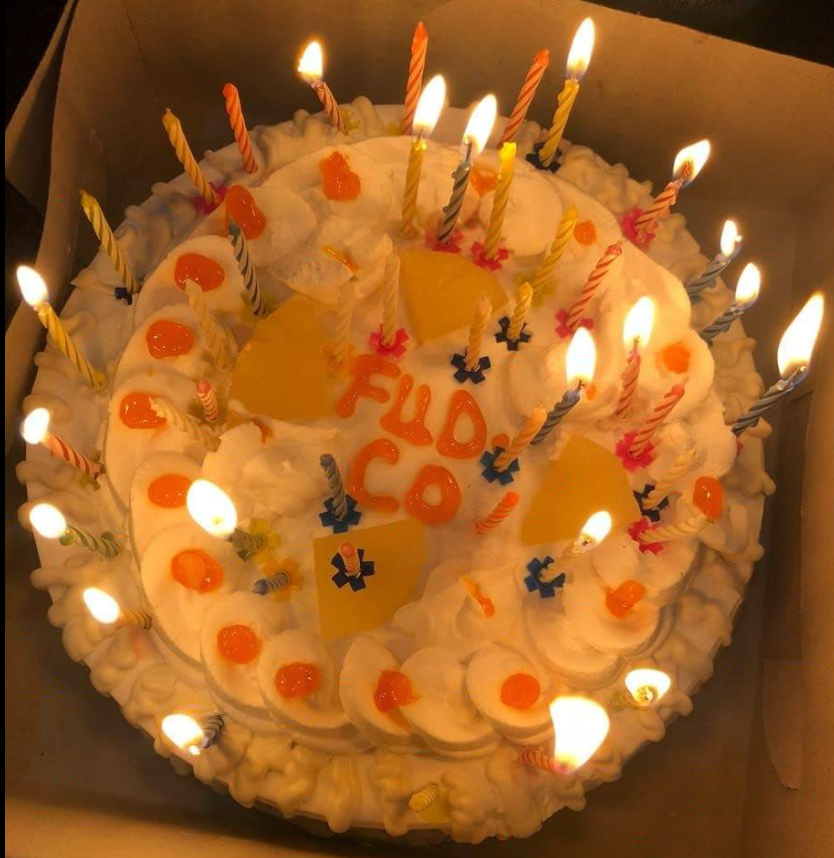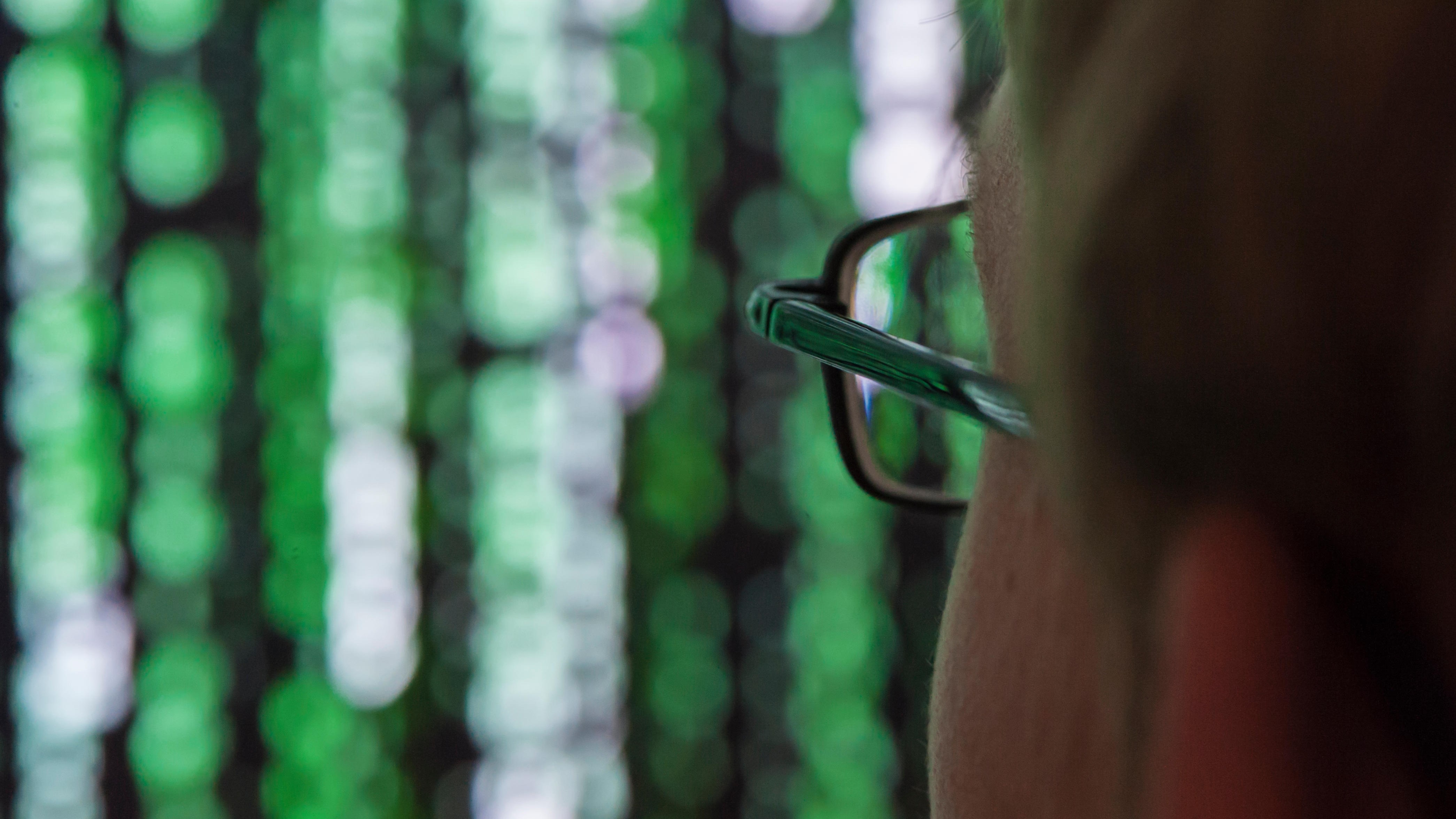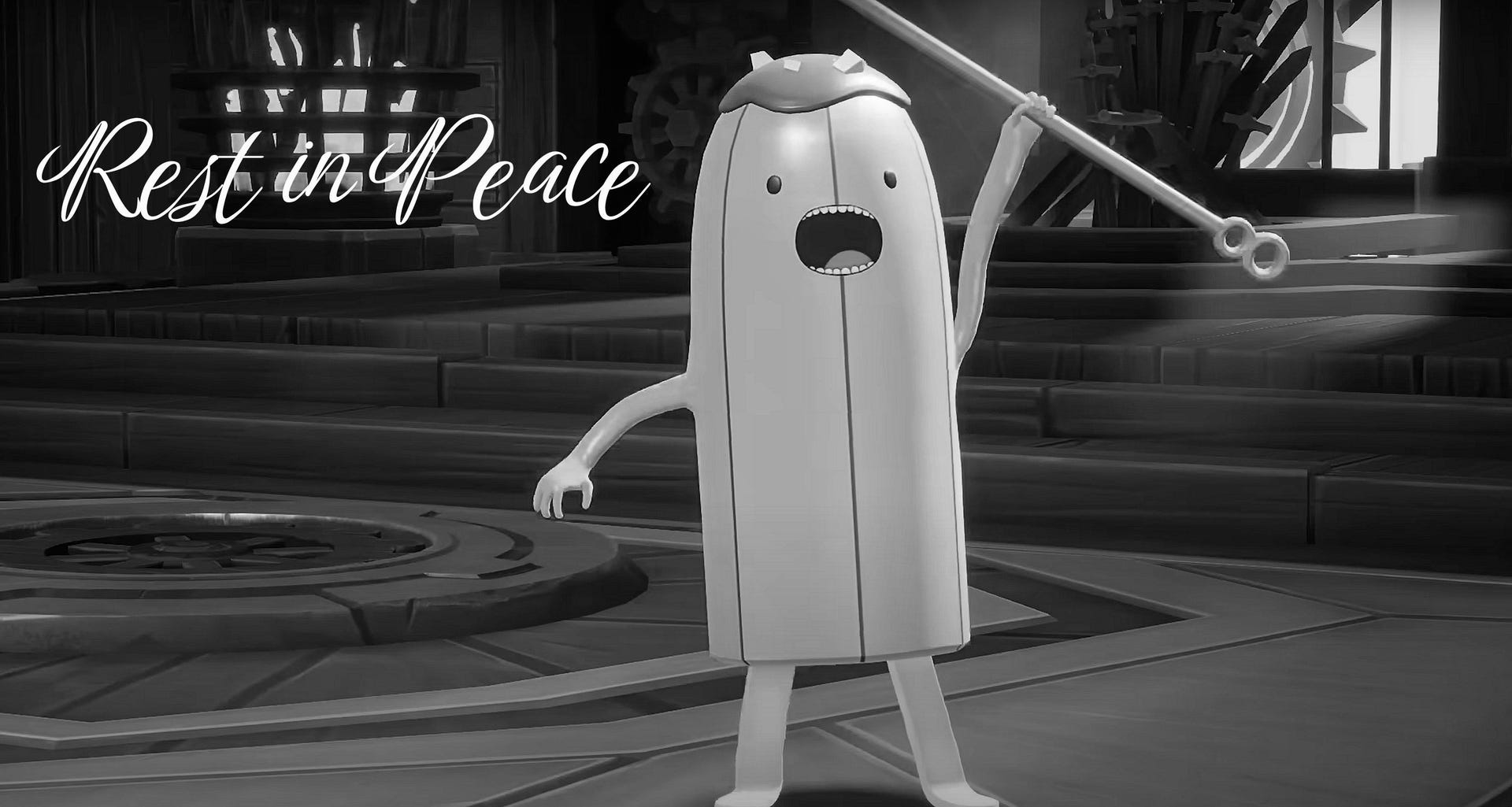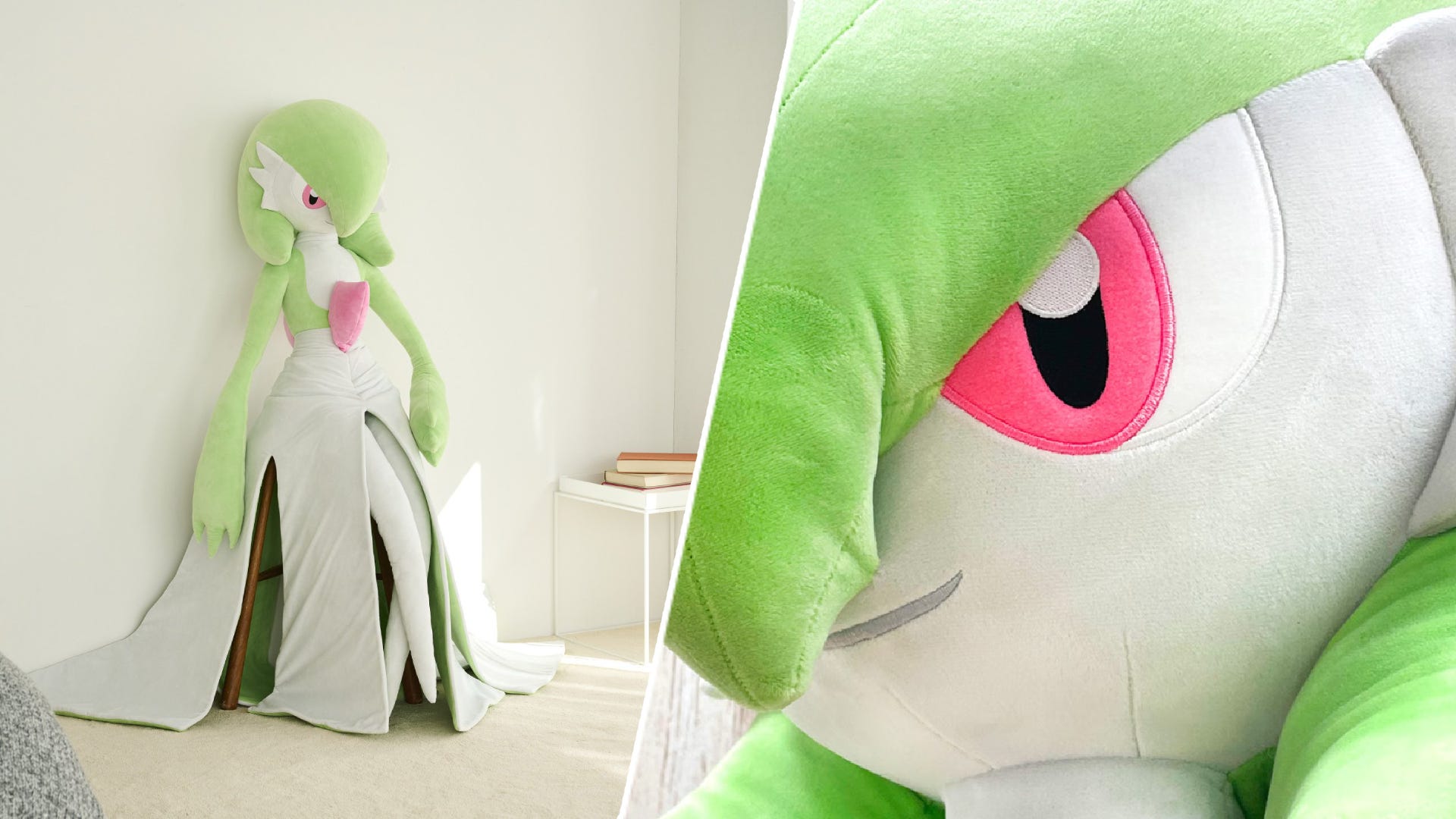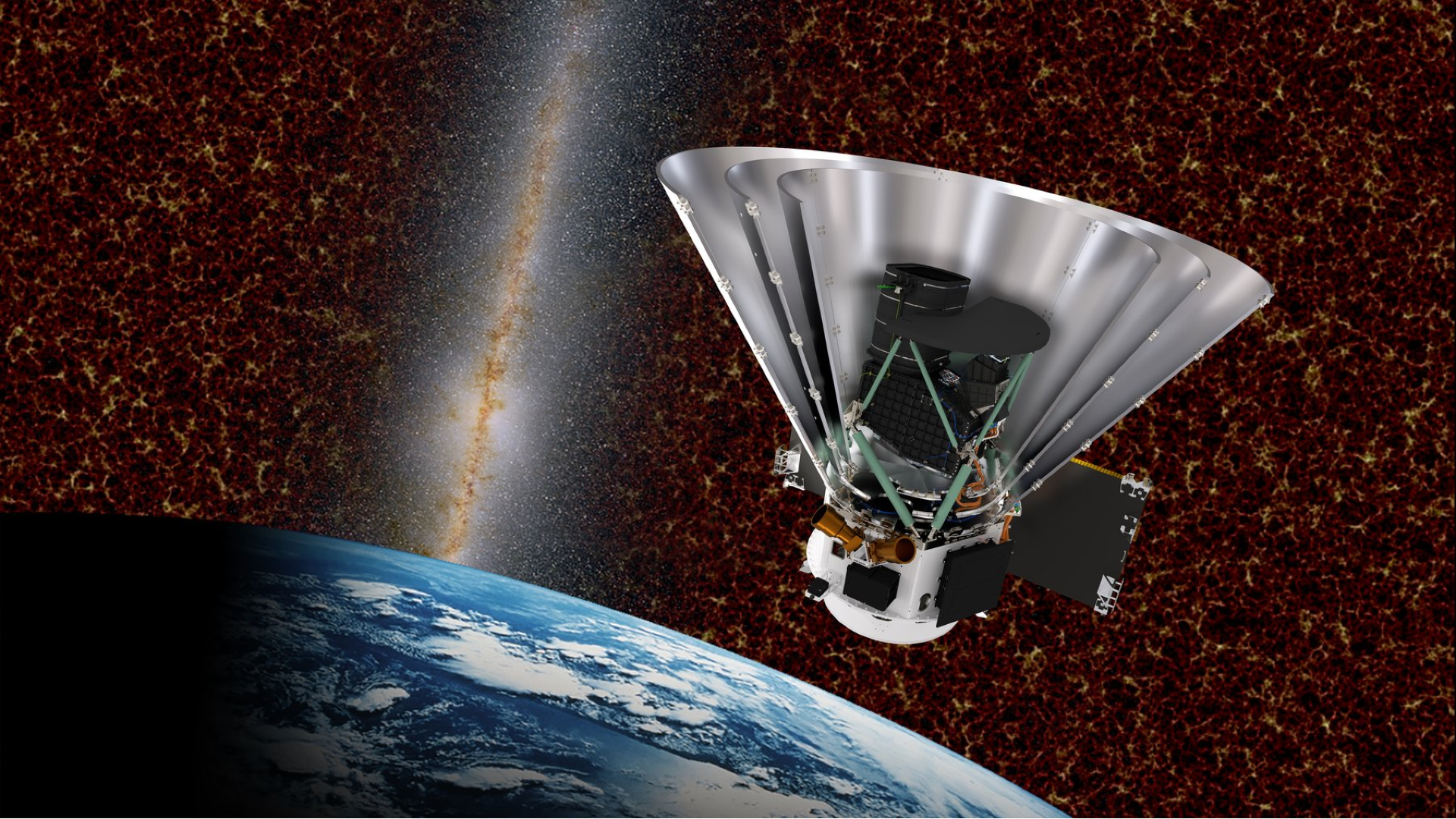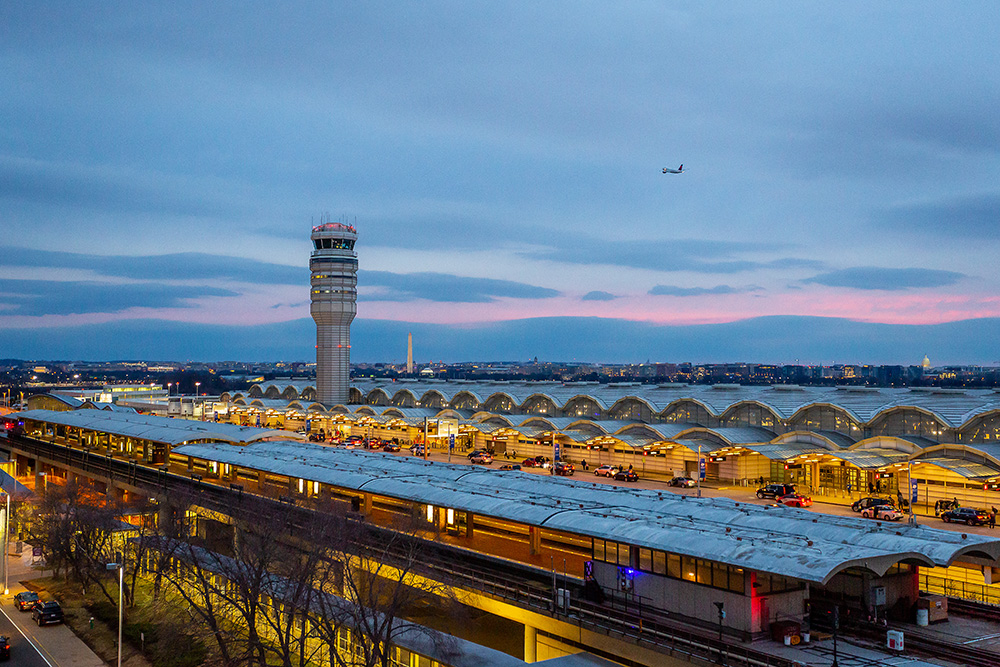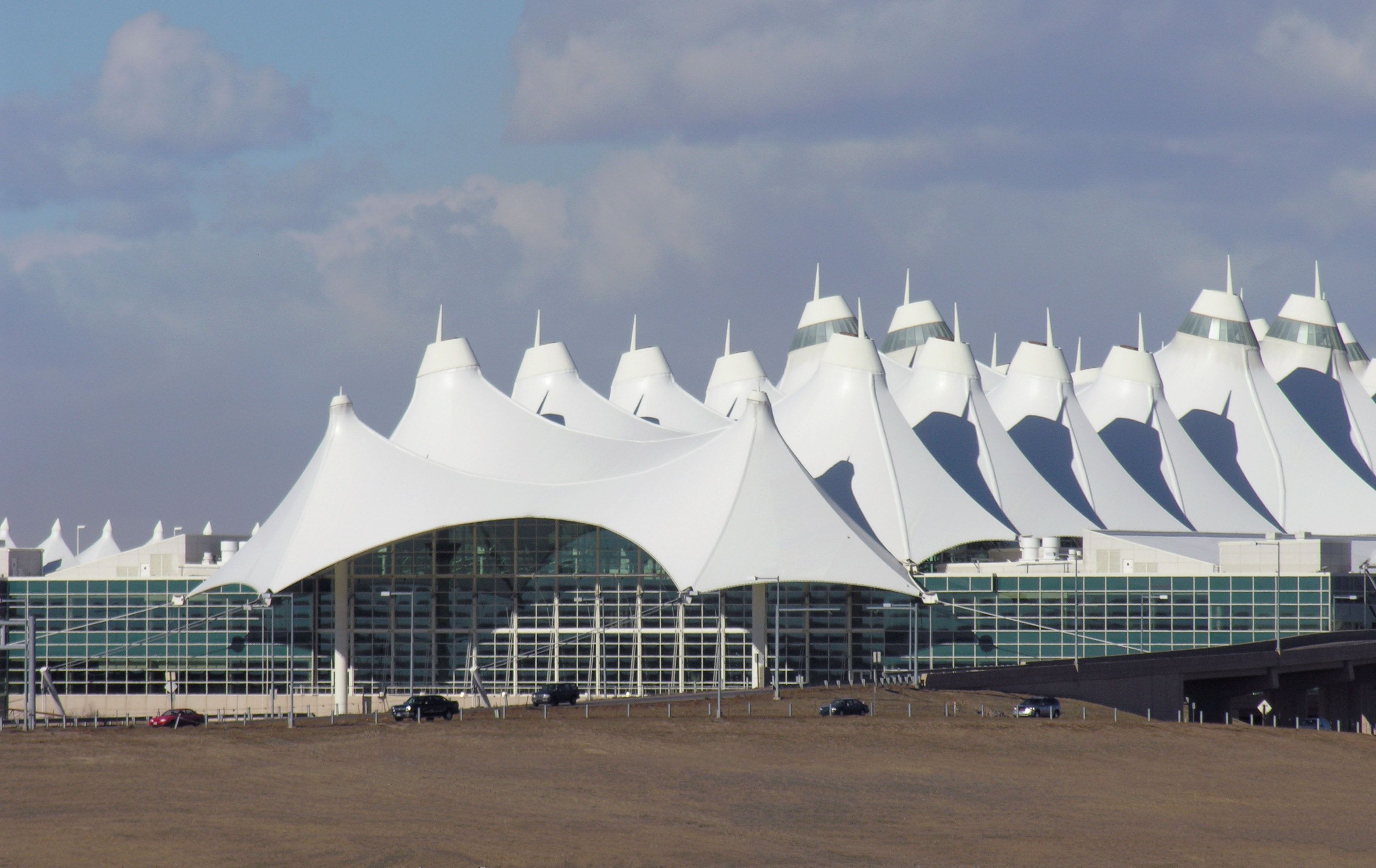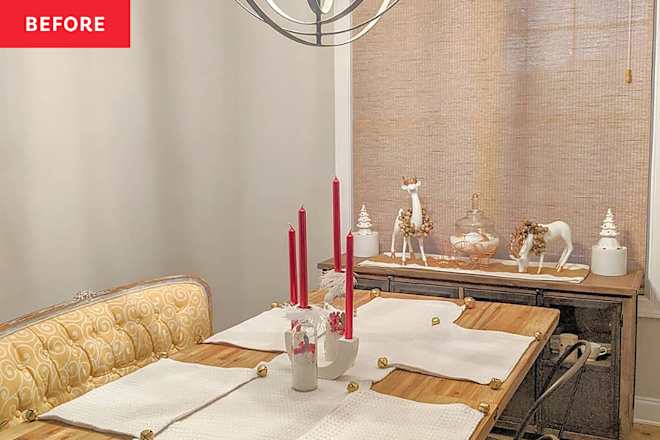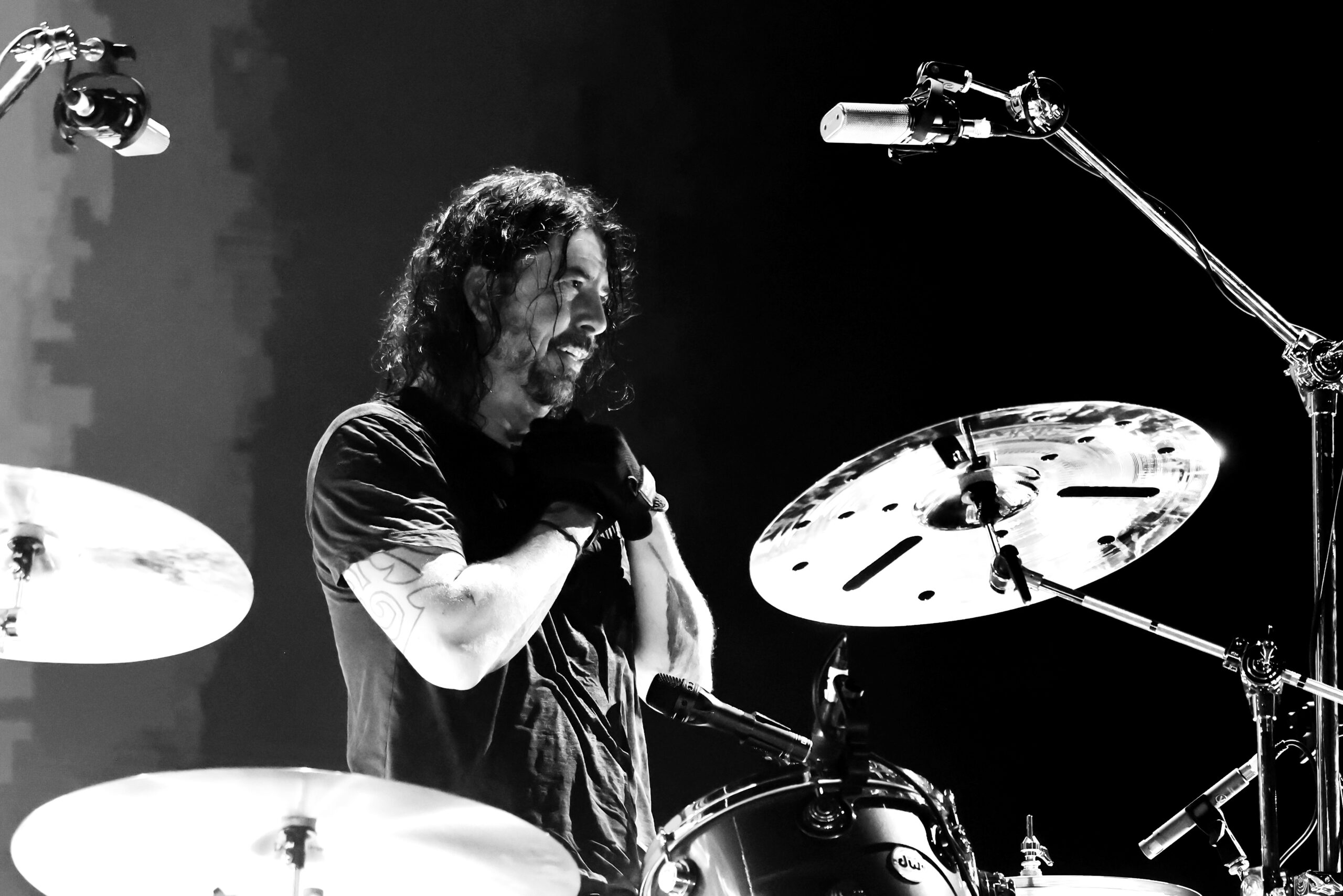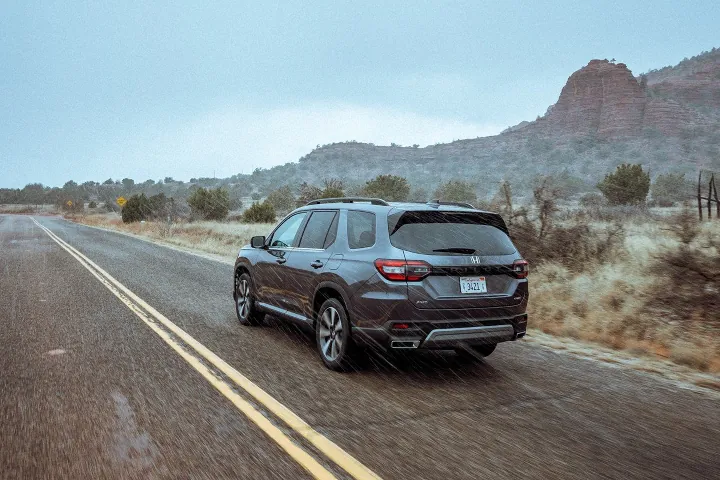Rare Rides Icons: The Cadillac Eldorado, Distinctly Luxurious (Part XLVIII)
The new exterior of the 1967 Cadillac Eldorado was simultaneously striking, edgy, modern, and a welcome change from the ho-hum upmarket DeVille the model had become over the years. With a burgeoning market segment to chase - the personal luxury coupe - the front-drive Eldorado made an instant splash when it arrived. Its exterior looks set high expectations for a new and exciting interior as well. But did Cadillac’s designers deliver?
The new exterior of the 1967 Cadillac Eldorado was simultaneously striking, edgy, modern, and a welcome change from the ho-hum upmarket DeVille the model had become over the years. With a burgeoning market segment to chase - the personal luxury coupe - the front-drive Eldorado made an instant splash when it arrived. Its exterior looks set high expectations for a new and exciting interior as well. But did Cadillac’s designers deliver?
![]()
The considerable changes to the Eldorado’s interior were immediately apparent. The ‘67 shrugged the more conservative interior choices of the prior generation, and reflected a new dash layout. A driver-focused binnacle appeared, and brought controls and dials within a single housing. The Eldorado’s front passenger wasn’t given much to look at, although there was a new Eldorado badge in chromed plastic.![]()
The steering wheel adopted a new three-spoke design where the horn pad was a single piece and covered the three spokes. Meant to be kinder to the passengers in a crash, this triangular horn pad look was widely adopted across manufacturers by the Seventies. The Cadillac crest was no longer in the center of the wheel; for the first time it migrated to the lower central section of the steering wheel spoke. The steering wheel went without chrome decor for the first time, as it adopted a monochromatic scheme that matched the interior’s color. But that wasn’t the only place where there was less brightwork.![]()
The instrument cluster was redesigned entirely in 1967, as the circular chromed pods look of the past few years vanished. In its place was a rectangular instrument cluster, though it did retain the horizontal speedometer long familiar to customers. Speedometer design changes were limited, but added individual markings for each mile per hour, a change over the five-mile markings used in 1966.![]()
Fuel and temperature gauges remained where they were underneath the speedo, but were smaller and no longer outlined in plastic chrome. Instead, they were recessed into the instrument cluster slightly. To the right of the speedometer the traditional clock was square for the first time, and smaller than the circular outgoing version. ![]()
At the left of the speedometer was a new stack of warning lights, which were relocated from their former spot beneath the Twilight Sentinel selector. Warning lights increased in number, as they continue to do in the present day. The Twilight Sentinel selector moved forward to the side of the instrument cluster binnacle. Becoming a vertically oriented dial, the feature was given more prominent placement and looked more technical than previously.![]()
Wiper controls remained in place to the left of the steering column, but to the right there were a few changes. The odd centralized and high up placement of the ignition key in 1965 and 1966 was changed as the ignition moved to a more traditional place to the right of the wheel. That meant the climate controls shifted to the right slightly.![]()
The radio (aftermarket in our example) moved closer to the driver, and just to the right of the climate control. A relocated central HVAC vent occupied the space formerly used by radio dials and the ignition. The radio took the real estate formerly occupied by the front ashtray and lighter, which shifted lower in the dash. Those smoking implementations took up the space which was the glove box in 1966. That meant in ‘67 the glove box moved back to its rightful place in front of the passenger.![]()
Across the entire dash area there was a notable reduction in chrome and other brightwork. The brushed trim previously found along the upper portion of the dash was gone, replaced by a simple centrally located chrome strip. It wrapped under the new rectangular-shaped driver’s vent, ensconced the instruments, and then continued on to the passenger side and the doors.![]()
Notably absent was all the wood paneling of 1966 (glued onto the simplified interior of 1965). The chrome strip wrapped down along the door, and continued onto the rear trim panels. Above, a separate rectangular strip of chrome circled the window switches and mirror controls. The interior stepped away from wood trim entirely for the first time in a while. Chrome and body colored trim were the only materials used for such things in 1967.![]()
Driver and passenger door panels were more sporty looking in 1967, as the driver’s button cluster was made near vertical for easier access. It was integrated with the chromed door latch, and took up less space than previous years. Also gone was the traditional pull handle or bar for closing the door, which usually looked like a cabinet handle. In its place was a recessed rectangular cubby, where an occupant’s hand entered to close the door. At the lower edge of the door panel carpeting was minimized more than ever.![]()
Seating accommodations were upgraded slightly in the new Eldorado, as cushions gained more sporty looking stitching and padding. There was a clearly separated upper and lower back portion, and ribbing in the seat bottom returned to a north-south orientation instead of horizontal. Headrests appeared as standard at the tops of the front seats. Also placed up high was the new optional shoulder belt for front passengers, supplementing the optional lap belt (for one final time).![]()
With new tidier coupe proportions access to the rear seat was easier than ever, assuming an arm or leg didn’t get tangled in the shoulder belt of the front seats. The rear seats carried the same more modern looking cushion design as the front. They were slightly taller than in 1966, for better shoulder and neck support.![]()
![]()
The courtesy lamp previously located in the door panel was moved to the roof, as coupe placement allowed it to be more useful. Window switches for the rear side window were relocated from the arm rest area and onto the door panel. Absent from between the rear seats was the typical radio speaker, replaced with absolutely nothing.![]()
It seemed Cadillac’s designers succeeded in their mission with the Eldorado’s interior. Like the exterior, it was a leap forward in appearance over the prior version, and did without more conservative looking luxury trappings. It was a concerted effort to make their flagship personal luxury coupe seem different to the rest of the brand’s offerings. In our next installment we’ll take a look at the annual revisions undertaken during the eighth Eldorado’s four-year run. Spoilers: Most of the changes were net negatives.
Become a TTAC insider. the latest news, features, TTAC takes, and everything else that gets to the truth about cars first by subscribing to our newsletter.










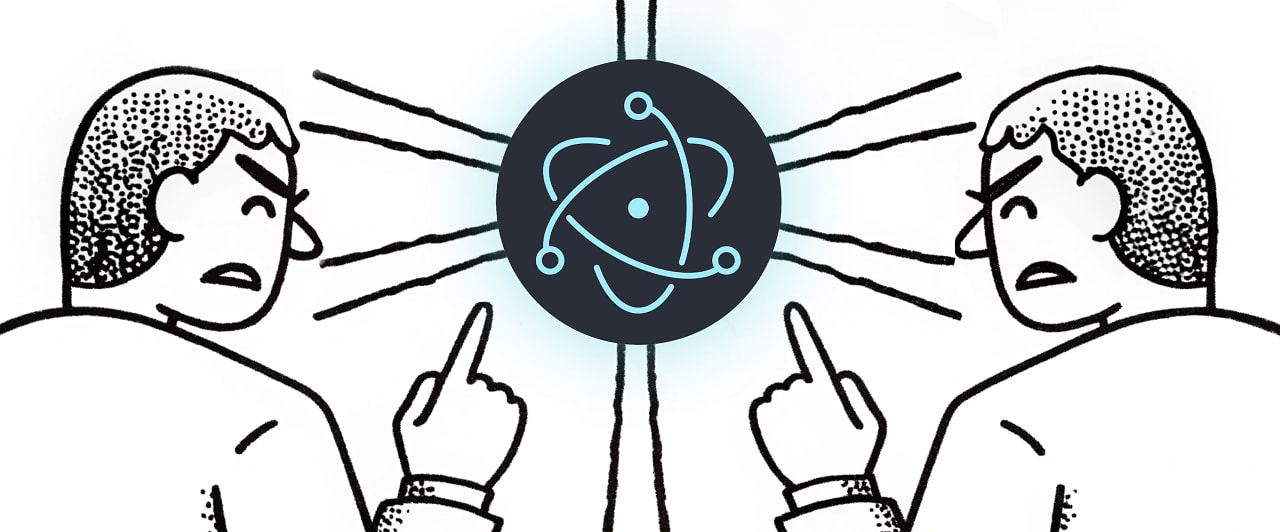


![From Gas Station to Google with Self-Taught Cloud Engineer Rishab Kumar [Podcast #158]](https://cdn.hashnode.com/res/hashnode/image/upload/v1738339892695/6b303b0a-c99c-4074-b4bd-104f98252c0c.png?#)




